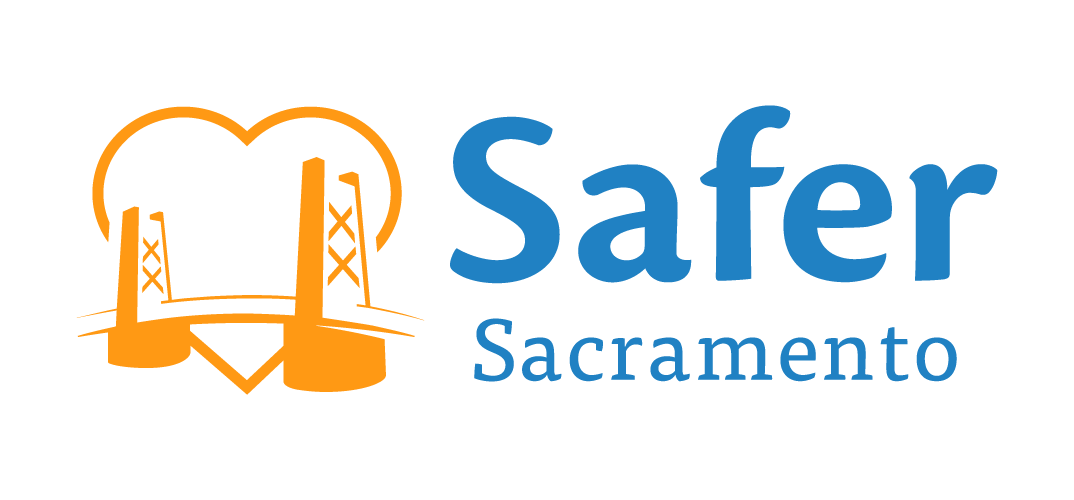What is Xylazine?
Xylazine, known by street names like “tranq,” “tranq dope, and “zombie drug,” is a non-opioid veterinary tranquilizer, analgesic, and muscle relaxant that is not approved for human use by the U.S. Food and Drug Administration.
Xylazine has been in the street opioid supply of Puerto Rico for some time and, more recently, has been linked to an increasing number of overdose deaths in all regions of the United States. Since it is not listed as a controlled substance, it is not subject to strict monitoring, which makes detection, prevention, and treatment more difficult. (1)
Neil Khushal of River City Recovery discusses the dangers of xylazine, its effects, and its dangers to the Sacramento County community.
Xylazine comes in liquid form but can also be salted or dried into a powder. The powder is often combined with illicit opioids such as fentanyl but has also been detected with cocaine, heroin, benzodiazepines, prescription opioids, and other drugs. (2) Much like fentanyl, individuals are often unaware that their drugs are laced with xylazine.
Xylazine is legitimately sold through online pharmaceutical distributors and Internet sites for veterinary use. However, without restrictions or safeguards that require proof of legitimate need or use, xylazine can also be purchased online. Because it is relatively cheap and can prolong the euphoric effects of other substances, drug traffickers are incentivized to use it as an additive to cut other drugs and increase profits. (3) According to the FDA, the primary source of the xylazine found in street drugs – whether illicitly produced or redirected from the veterinary supply – is unclear and research is ongoing. (4)
According to the DEA, the spread of xylazine across the United States appears to be following the same path as fentanyl, starting in the Northeast before moving into the South and then spreading West. They anticipate the drug will continue to spread and become increasingly common in the illegal fentanyl supply.(3)
“Xylazine is making the deadliest drug threat our country has ever faced, fentanyl, even deadlier,” said Administrator Milgram. “DEA has seized xylazine and fentanyl mixtures in 48 of 50 States. The DEA Laboratory System is reporting that in 2022 approximately 23% of fentanyl powder and 7% of fentanyl pills seized by the DEA contained xylazine.”
Souce: DEA
Harmful Effects
Xzylazine can be injected (intravenously or intramuscularly), snorted, swallowed, or inhaled. It is a central nervous system depressant and can cause the following symptoms:
Drowsiness
Dry mouth
Blurred vision
Hypothermia
High blood glucose levels
Reduced heart rate
Decreased respiratory function
Reduced heart rate and blood pressure
Loss of consciousness
Coma
For users who inject xylazine, it can cause skin ulcers and abscesses that fester, leading to tissue necrosis. These injuries have led to the street name “zombie drug” because the user’s skin can turn black and die, leaving gaping wounds that may require amputation. These wounds may appear in areas of the body other than the injection site.
Xylazine’s effects have a rapid onset and can last more than 8 hours. When combined with fentanyl or other synthetic opioids, xylazine can increase the potential for fatal overdoses. For those who have had repeated exposure, withdrawal symptoms such as agitation and anxiety can present if the drug is decreased or stopped altogether. As of now, there are no FDA-approved medications to treat withdrawal symptoms for xylazine. (4)
Confirmed: Xylazine is in Sacramento County and is attributed to 10 deaths in 2022.
When combined with fentanyl or other synthetic opioids, xylazine can increase the potential for fatal overdoses.
Prevention and Treatment
Unfortunately, standard toxicology tests do not detect xylazine, and distinguishing between xylazine and opioid toxicity can be difficult. Because of this, xylazine exposure and overdoses are likely under-reported. Healthcare professionals are encouraged to test for xylazine when typical treatment for opioids is not effective.
Overdose
If a xylazine overdose is suspected, CALL 911 and give naloxone. Although, xylazine’s effects will not be reversed by naloxone since it is not an opioid, xylazine is often combined with opioids such as fentanyl. Monitor the individual’s breathing and be prepared to administer rescue breaths. (2)
If a xylazine overdose is suspected, CALL 911 and give naloxone.
Read the DEA article, Xylazine: A Drug That Naloxone Can’t Combat
Xylazine is showing up in the nation’s street drug supply, where it is also known as “tranq” and “tranq dope”.
Wound Care
Clean wounds with soap and water or saline
Do not use alcohol or hydrogen peroxide
Cover wounds with a clean dressing
Keep skin around the wound clean of drainage and moisturized
Wound bed: Keep moist (helps dead skin soften/fall on its own) OR manually remove dead skin cells (debridement) (1)
The FDA encourages healthcare professionals and patients to report adverse events in humans associated with possible illicit xylazine exposure to FDA’s MedWatch Adverse Event Reporting program. Complete and submit the report online at www.fda.gov/medwatch/report.htm; or download and complete the form, then submit it via fax at 1-800-FDA-0178.
“The U.S. illicit drug supply is unpredictable, and Xylazine is expected to contribute to increased fatal overdose and skin infections.”
Source: ADA
Resources
(1) New York State Department of Health. (2023, March). Xylazine: What Clinicians Need to Know. https://www.health.ny.gov/publications/12044.pdf
(2) National Institute of Health. Xylazine. National Institute on Drug Abuse. https://nida.nih.gov/research-topics/xylazine
(3) U.S. Department of Justice, Drug Enforcement Administration. (2022, October). The Growing Threat of Xylazine and its Mixture with Illicit Drugs.
(4) U.S. Food and Drug Administration. (2022, November 8). FDA alerts health care professionals of risks to patients exposed to xylazine in illicit drugs.




